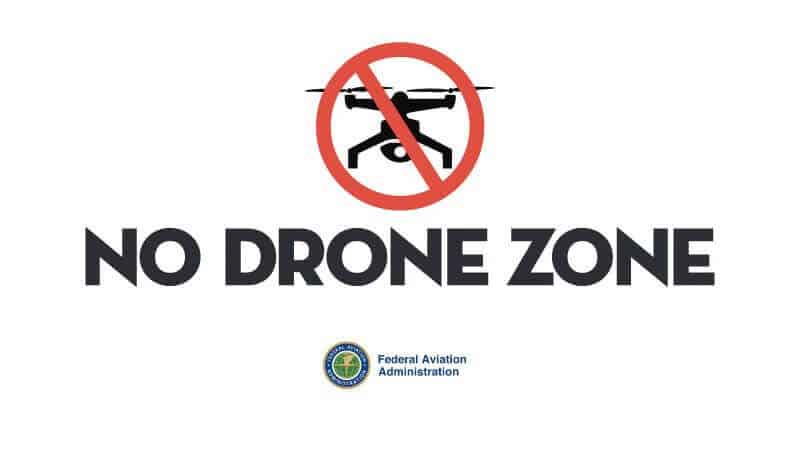The Federal Aviation Administration (FAA) is becoming more stringent about No-Fly Zones for consumer drones, in both the commercial and recreational categories. Fortunately, they’re also providing a wealth of information for UAS operators to keep them from falling out of compliance.
What’s Off Limits?
The FAA is putting heavy emphasis on their partner drone education program, Know Before You Fly. Here you’ll find a run-down of your flight path restrictions, whether you’re a commercial or hobbyist.
Let’s take a look at the major flight restrictions for recreational users:
- Airspace above 400ft.
- Airspace within 5 miles of an airport
- Certain metro areas, and areas with high activity by the government
- National parks
- Military Bases
- Larger public events (like the New York Marathon, or the Super Bowl)
Commercial operators are offered some limited exceptions in regards to flight zones, but require express permission from the FAA. You can read more about obtaining a Section 333 Exemption and a Certification of Authorization for commercial use on the Flight Department website.
This is by no means an exhaustive list, and extra precaution should be taken in researching restricted areas close to your flight path. We’ll talk about how you can verify which areas are open for flight in a minute.
Why Do I Need to Be Worried About No-Fly Zones?
Overstepping your allotted flight trajectory with your new drone will no longer simply warrant a slap on the wrist. If you ignore a No-Fly Zone, the repercussions can range from a modest fine to jail time. It pays to know your regs!
Most of the restricted areas listed above are pretty common sense. However, operators have found themselves facing steep fines after taking their drones out to major national parks to get that ‘once in a lifetime’ shot of wildlife and landscapes.
What Precautions Can I Take?
Because the flight restrictions are somewhat fluid, it’s best to check from the source. The FAA has released an app, B4UFLY for Apple and Android devices. This app will give you updates on no-fly areas in your immediate vicinity before you fly your drone, or you can check a specific area before you travel. All updates are made in real-time, and it’s a great resource to protect yourself from these violations.
A little bit of research goes a long way in keeping your UAS practices from turning into an issue with the authorities. Take the time to get to know the resources listed in the article, and plan ahead for smooth skies!

2 Comments on “What You Need to Know About No-Fly Zones”
When will the app be available? Could not get it!
Michael,
The App is available now for IOS and is in beta preview for Andriod and as well. Read the following post for download links.
https://drone-registration.net/faa-b4ufly-app/